Some cities were capitals within couple of years and others existed for centuries. Each city had its own mission. Each of them defined a period in the history of the Kazakh statehood.
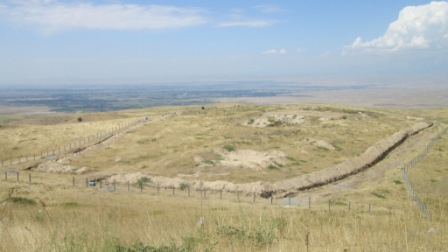
Suzak. Ancient city of Suzak was the first capital of the Kazakh Khanate (1465-1469). It was the main urban centre for Zhanibek and Kerey, the founders of the Kazakh Khanate. However, after the death of Abulkhair the struggle for power in the steppe arose again. The capital was relocated to another place. According to some sources, Suzak became the capital of the Kazakh Khanate again in the 16th century during the rule of Shigay Khan. Though, at the same time Sygnak was considered to be the main city of the state. Nowadays Suzak is a small village in South Kazakhstan. Remains of medieval construction have survived in its centre.
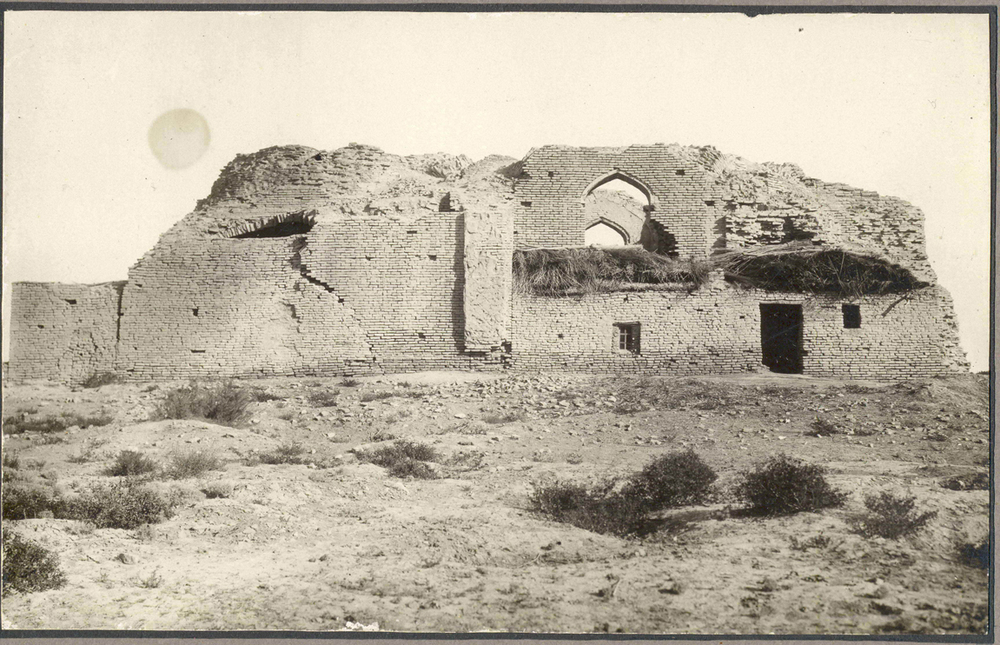
Sygnak. There is no precise data on the date when the city became the capital of the Kazakh Khanate. It might occur in the 1470s. Probably it remained the capital until the 17th century. Its vestiges can be still found near the highway Kyzylorda-Shymkent, 2 km north of the village of Sunakat. The name of the city is known by written sources and coins which were minted there in the 14th century. For the first time its name was mentioned in the written sources of the 10th century. In the 11th century Kasgarli Mahmud referred to it as the city of the Oguzes. Once it was the largest trade and craft centre along caravan routs. Today the city of Sygnak is surrounded by the steppe. Low hillocks, oven-fired bricks and glazed tiles point the place where you can find remains of architectural constructions.
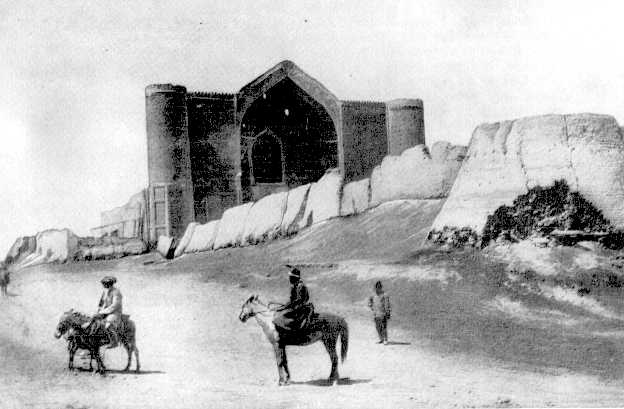
Turkestan. Turkestan (Yassy) was known as the spiritual and political centre of Turkic-speaking peoples. It was the capital of the capital of the Kazakh Khanate from the late 16th century to the 1630s. The city of Yassy became the residence of Kazakh rulers after the middle reaches of the Syr Darya River joined the Kazakh Khanate.
Kazakh rulers realized the geopolitical and spiritual significance of the city for consolidation of nomadic tribes which were the part of the new state. To date, Turkestan is the centre for religious pilgrimage of Muslims from Kazakhstan, Central Asian and other countries. According to pilgrims, three trips to the Mausoleum of Khoja Ahmed Yasawi in Turkestan are equal to the pilgrimage to Mecca.

Tashkent. It is one of the most ancient cities of the Great Silk Road. Tashkent was first mentioned in the 2nd century B. C. Tashkent was conquered by the Kazakhs in 1586. The city became the capital of the Kazakh Khanate in 1630. Being the Kazakh capital Tashkent hosted annual meeting of Maslikhat representing the highest legislative power. However, during the Years of the Great Disaster (1723-1727) the Kazakh lost the city in the struggle against the Dzhungars.
 Semey.The city was the capital of the Alash autonomy (1917-1920). Its history began in 1718. The foundation of the city was connected with the Order of the Peter I who decided to protect eastern lands and start building the Irtysh fortresses. After a while the Semipalatinsk fortress ceased to be only a military or strategic site and claimed the trade hub of great importance. This trade centre connected Russian and Kazakhstan as well as Russian and Central Asia with West China. The city was the place for political exile of the best people of the Russian Empire in the 19th — early 20th centuries. So, it’s not surprising that Semipalatinsk was chosen to become the capital of the self-proclaimed Alash autonomy.
Semey.The city was the capital of the Alash autonomy (1917-1920). Its history began in 1718. The foundation of the city was connected with the Order of the Peter I who decided to protect eastern lands and start building the Irtysh fortresses. After a while the Semipalatinsk fortress ceased to be only a military or strategic site and claimed the trade hub of great importance. This trade centre connected Russian and Kazakhstan as well as Russian and Central Asia with West China. The city was the place for political exile of the best people of the Russian Empire in the 19th — early 20th centuries. So, it’s not surprising that Semipalatinsk was chosen to become the capital of the self-proclaimed Alash autonomy.
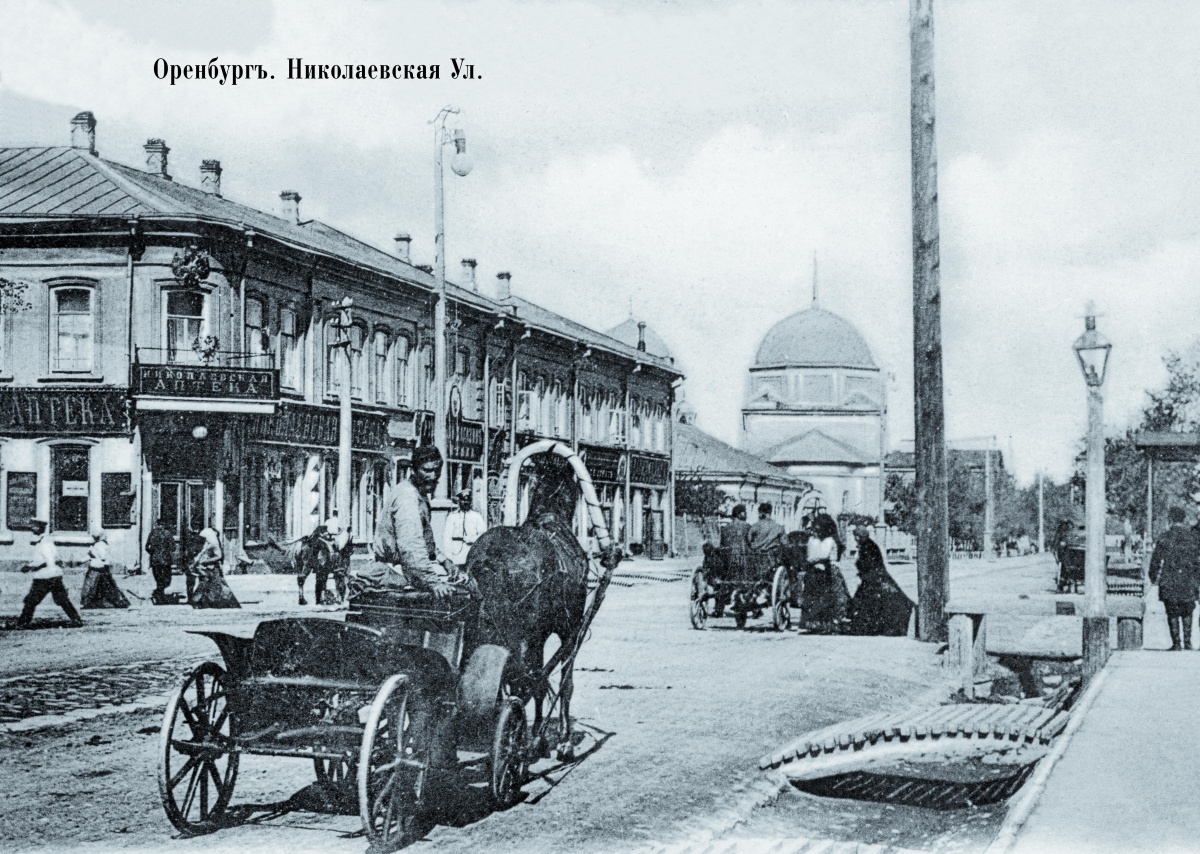
Orenburg. The city was founded on April 19, 1743. The first fortress was built on August 31, 1735 on the place of modern Orsk, hence the name of Orenburg — "fortress on the Or River". On August 26, 1920 he All-Russian Central Executive Committee and Council of People’s Commissars of the Russian Soviet Socialist Republic adopted the Decree on the establishment of the Kyrgyz Autonomous Soviet Socialist Republic as a part of the RSFSR with its capital in Orenburg. But in 1925 the capital of Kazakhstan was relocated to the city of Ak-Mechet which was renamed Kzyl-Orda (the Red Capital).
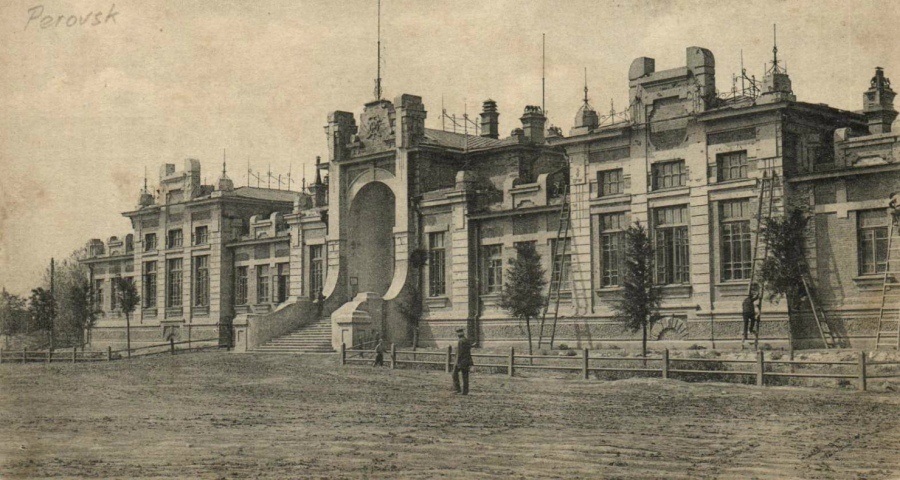
Kyzylorda. The Ak-Mechet Fortress was founded by Omar-Khan, the ruler of the Kokand Khanate, in 1820. On July 28, 1853 it was conquered by Russian troops under the command of V. Perovskiy and renamed Fort-Perovskiy. On October 30, 1917 the Soviet Power was established in the city. In 1922 its historical name was restored. In 1925 Ak-Mechet was renamed Kyzylorda in connection with the relocation of the capital from Orenburg. In 1925-1927 Kyzylorda was the capital of the Kazakh Autonomous Republic.
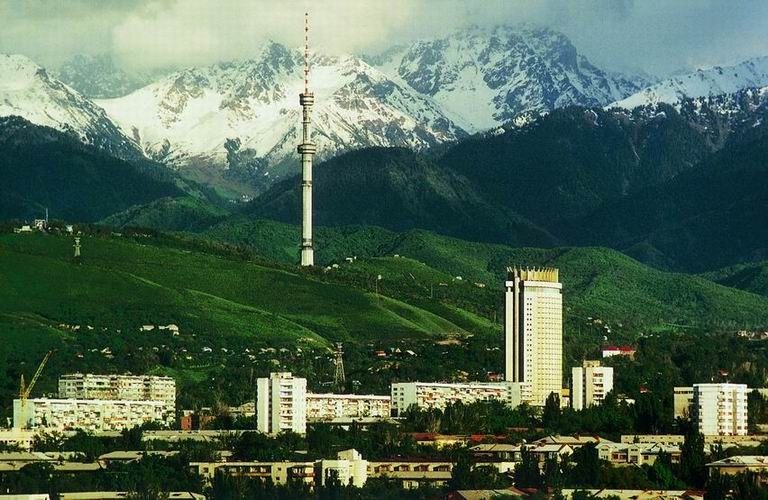
Almaty. The city of Almaty was the capital of Kazakhstan in 1929-1998. It is situated on the place of the medieval settlement of Almaty which existed in the 10th — 14th centuries. The Russian Cossacks built there the Vernyy Fort in 1854. When the Cossacks arrived there in the 19th century they were impressed by the beauty of the place and mild climate. The first migrants came to Vernyy from the Central Part of Russia in 1855. However, extensive construction began only after it became the capital of Kazakhstan in 1927. Today Almaty still remains the largest city and cultural centre of the country.

Astana. Boundless steppes of Akmola have always been the place where various civilizations and cultures met and cooperate. In 1997 in connection with political, economic and international circumstances the capital of the Republic was relocated to the heart of the Kazakh steppe Akmola (now Astana). Despite the difficult economic situation our country made this hard decision.





 Semey.The city was the capital of the Alash autonomy (1917-1920). Its history began in 1718. The foundation of the city was connected with the Order of the Peter I who decided to protect eastern lands and start building the Irtysh fortresses. After a while the Semipalatinsk fortress ceased to be only a military or strategic site and claimed the trade hub of great importance. This trade centre connected Russian and Kazakhstan as well as Russian and Central Asia with West China. The city was the place for political exile of the best people of the Russian Empire in the 19th — early 20th centuries. So, it’s not surprising that Semipalatinsk was chosen to become the capital of the self-proclaimed Alash autonomy.
Semey.The city was the capital of the Alash autonomy (1917-1920). Its history began in 1718. The foundation of the city was connected with the Order of the Peter I who decided to protect eastern lands and start building the Irtysh fortresses. After a while the Semipalatinsk fortress ceased to be only a military or strategic site and claimed the trade hub of great importance. This trade centre connected Russian and Kazakhstan as well as Russian and Central Asia with West China. The city was the place for political exile of the best people of the Russian Empire in the 19th — early 20th centuries. So, it’s not surprising that Semipalatinsk was chosen to become the capital of the self-proclaimed Alash autonomy.



